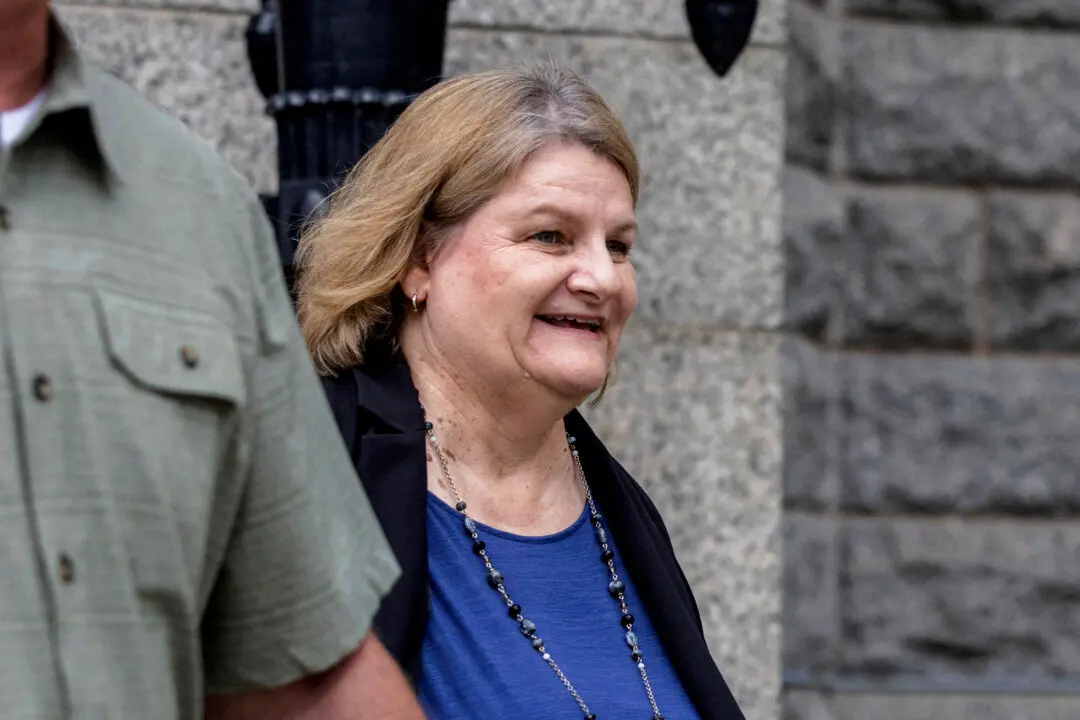Energy companies and 23 states urged the Supreme Court on Sept. 18 to block a new federal regulation restricting pollutants emitted by coal-fired power plants.
The request was made days after the federal government asked the nation’s highest court to leave in place the rule imposing new, tougher limits under the Environmental Protection Agency’s (EPA) mercury and air toxics standards (MATS).





